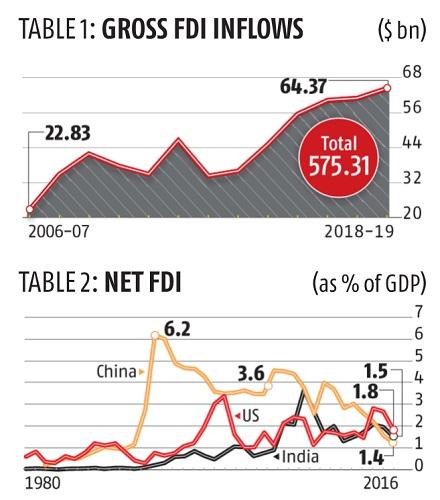900 319 0030
enquiry@shankarias.in
What is the issue?
What is the current FDI scenario?

What do other indicators show?
How does India compare with China?
What is to be done?
Source: Business Standard